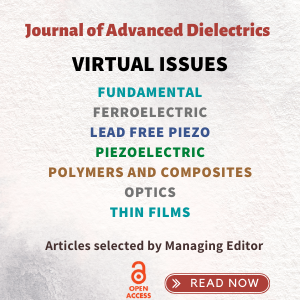System Upgrade on Tue, May 28th, 2024 at 2am (EDT)
Existing users will be able to log into the site and access content. However, E-commerce and registration of new users may not be available for up to 12 hours.For online purchase, please visit us again. Contact us at customercare@wspc.com for any enquiries.
The explosive increase in information and the miniaturization of electronic devices demand new recording technologies and materials that combine high density, fast response, long retention time and rewriting capability. As predicted, the current silicon-based computer circuits are reaching their physical limits. Further miniaturization of the electronic components and increase in data storage density are vital for the next generation of IT equipment such as ultra high-speed mobile computing, communication devices and sophisticated sensors. This original book presents a comprehensive introduction to the significant research achievements on high-density data storage from the aspects of recording mechanisms, materials and fabrication technologies, which are promising for overcoming the physical limits of current data storage systems. The book serves as an useful guide for the development of optimized materials, technologies and device structures for future information storage, and will lead readers to the fascinating world of information technology in the future.
Sample Chapter(s)
Chapter 1: High Density Magnetic Data Storage (3,282 KB)
Contents:
- High-Density Magnetic Data Storage (H-M Wu et al.)
- Optical Data Storage for the Future (W-F Yuan & Y-L Song)
- High-Density Electrical Data Storage (G-Y Jiang & Y-L Song)
- Nanoscale Data Storage (J-C Li & Y-L Song)
Readership: Advanced undergraduates and graduate students in materials, chemistry, physics, optic/electric engineering and devices science, as well as nonexperts who want to have an overview about current and future developments in information technology; can also be used as a textbook or reference book for advanced undergraduates and graduate students.











